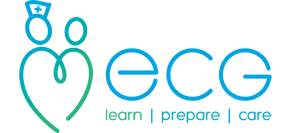Most vaccinations should be delivered via the Intra-Muscular (IM) route into the deltoid muscle. It is essential that the correct anatomical landmarks are located to ensure delivery of the vaccination into muscle tissue. This is important for two reasons; it helps to minimise localised reactions and optimises the efficacy of the vaccination. Multiple studies have supported the need to administer IM vaccinations correctly. If an IM vaccine is inadvertently injected into Sub-Cutaneous (SC) tissue, the reduced vascularity can lead to poor mobilisation. Furthermore, the relative lack of the appropriate cells to initiate the correct immune response can lead to vaccination failure.
For clinicians unfamiliar with direct patient examination, confidently locating anatomical landmarks can be difficult. Indeed, without regular use such skills and confidence can be lost quickly.
Thankfully, locating the correct site for a deltoid IM injection is relatively straight forward, with a little bit of knowledge and a trick or two!

The first step is to locate the acromion process, the bony prominence where the head of the humerus articulates with the shoulder joint, as in the image above. On most adults this is simple to locate and is easily palpated. Asking the patient to relax the relevant arm is usually enough to allow palpation. However, if you are having difficulty, request that the patient extend their arm out straight at 90 degrees to the body. If the shoulder is then palpated, across the top, there will be a ‘notch’ or dip formed at the joint. Place a finger in this dip and ask the patient to relax their arm down, while keeping you finger in place. Your finger will then be in the correct place to palpate the acromion process!

The correct injection site for deltoid IM is 2.5 cm below this landmark, as seen above.
You can practice this technique on yourself, friends or family (with permission and as appropriate under current advice!). As with all clinical skills, practice will lead to confidence and ensure that you perform this simple skill well, to ensure maximum benefit to patients.
Written by James Calvesbert (ECG Clinical Trainer), Monday 10th August 2020
You can follow ECG Training at: https://twitter.com/ECG_MK












